The first Norwegians

The first Norwegians
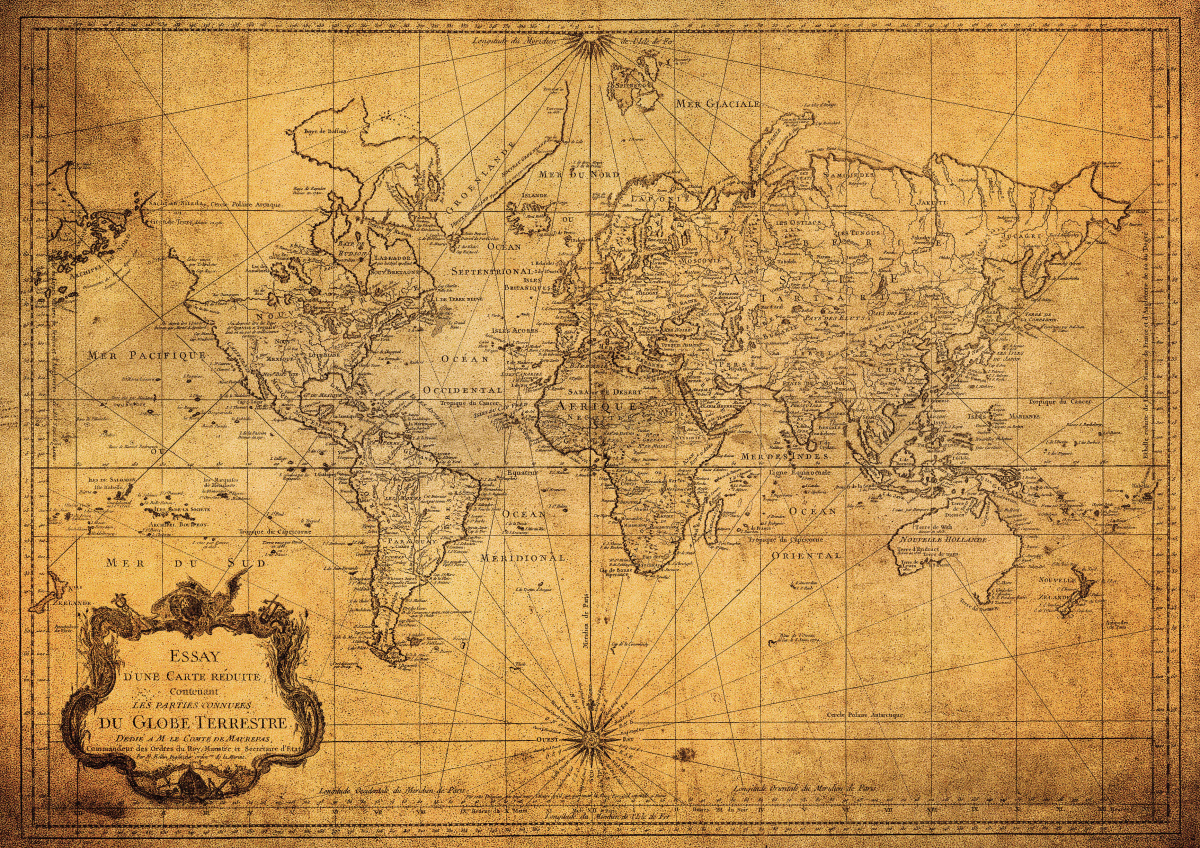
The Ice Age
Long, long ago, the northern part of Europe was covered in a layer of ice that was up to 3,000 metres deep. The temperature gradually started to rise, and the ice slowly started to melt.
The Stone Age (10,000 BC–2,000 BC)
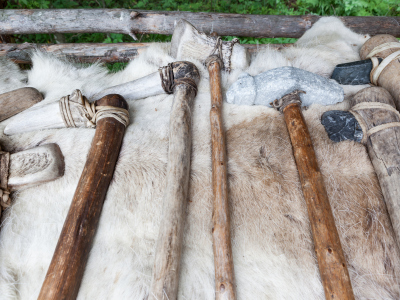
The first people came to Norway around 12,000 years ago. Ice covered the area between mainland Europe and the Norwegian coast, and we believe that people and animals came to Norway across the ice. Archaeological finds indicate that people lived on berries, mushrooms, and the fish and animals they caught. They used tools and weapons made from stone, bone and wood. This is why this period is known as the Stone Age.
People started farming in Norway around 4,000 years ago.
The Bronze Age (1,800 BC–500 BC)
Rich farmers were gradually able to get hold of tools, weapons and jewellery made from bronze. The farmers started using horses as draught animals, and the women learned to spin yarn and weave cloth from sheep's wool.
We call this period the Bronze Age. The climate in Norway during the Bronze Age was milder than it is today.
The Iron Age (500 BC–1050 AD)
The climate during this period was similar to the climate in Norway today. People in Norway learned how to make iron from melted iron ore they found in marshland and used it to make tools and weapons. These tools made it easier for them to farm the land, and food became more plentiful. The population grew. We call this period the Iron Age.
The Viking Age (800 AD–1050 AD)
The richest and most powerful farmers lived on the biggest farms, and were called chieftains. They had soldiers who defended their land. At the end of the 8th century, some of these chieftains left Norway for other countries in Europe. Some of them were competent tradesmen, but they also waged war and pillaged. They were called Vikings.
In 872, the Viking Harald Fairhair became king of the whole of Norway.
The Vikings’ religion was linked to tales of the Norse Gods and how they could help secure good crops, fertility and warfare. Some of the Vikings came into contact with Christianity on their travels in Europe, and brought the faith back to Norway. Christianity was introduced to Norway in the 11th century. The year 1030 was an important year in Norway’s history. This was when the Battle of Stiklestad took place in Trøndelag county. The Christian Olav Haraldsson fought against powerful chieftains who believed in the old Viking religion. Although Olav lost the battle, Christianity gained more and more ground in Norway, and gradually replaced the old Norse religion.
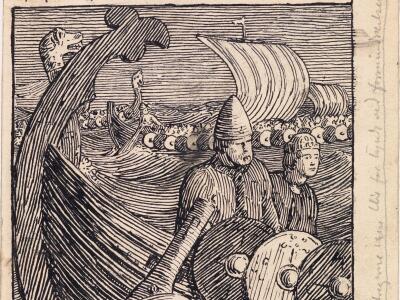
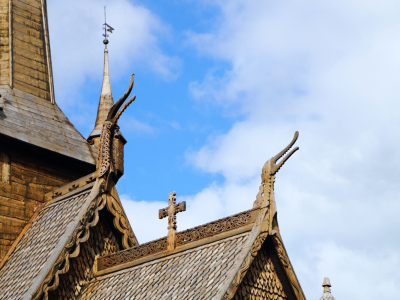
Talk together

- Do you know the early history of your home country?
- Can you compare what happened in the early eras of Norwegian history with what happened in your home country at the same time?
- Had you heard of the Vikings before you came to Norway?
- Did the Vikings have any bearing on the history of your home country?
- Talk together about how and why people could swap one religion for another. How could that affect people’s lives? Has something similar happened in your home country?
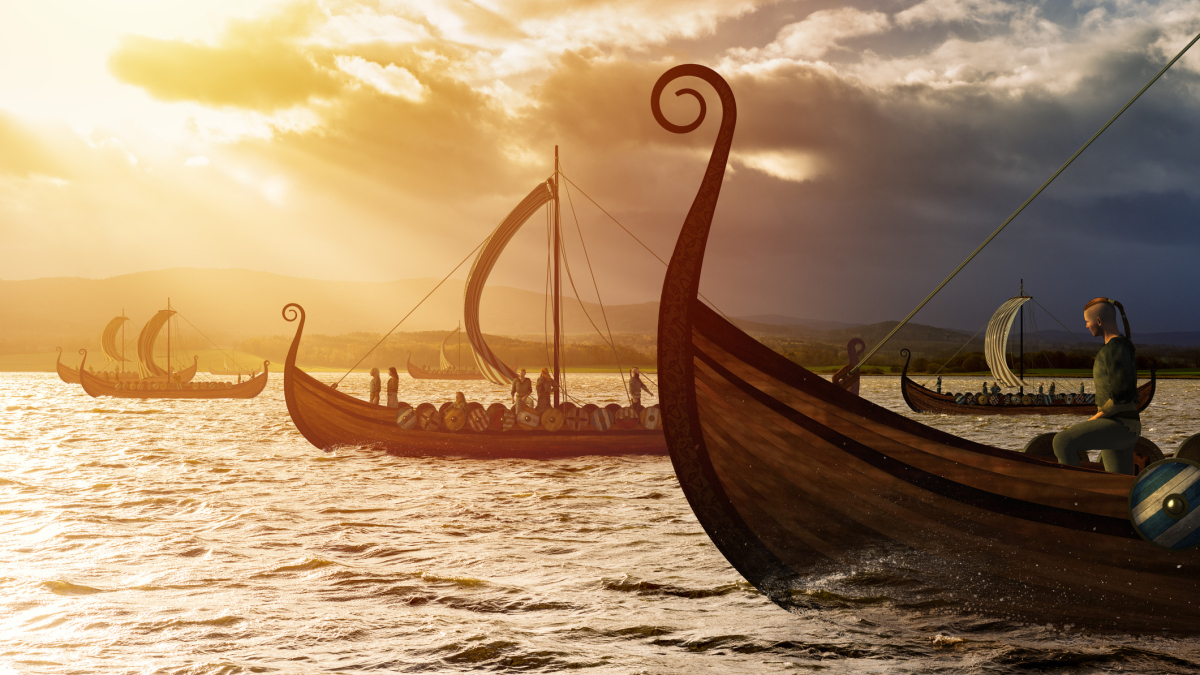
Select the right answer
When did the first people come to Norway?
Select the right answer
What happened in Norway during the Bronze Age?
Select the right answer
During which period was the climate similar to the climate in Norway today?
Select right or wrong
Read the statements. What is right? What is wrong?
Select right or wrong
Read the statements. What is right? What is wrong?
Select the right image
Which image illustrates the Viking Age?
Click on the image
Click on the right image in the timeline. When was the Iron Age?
Click on the image
Click on the right image in the timeline. When was the Viking Age?
Click on the image
Click on the right period in the timeline. When was the Bronze Age?
